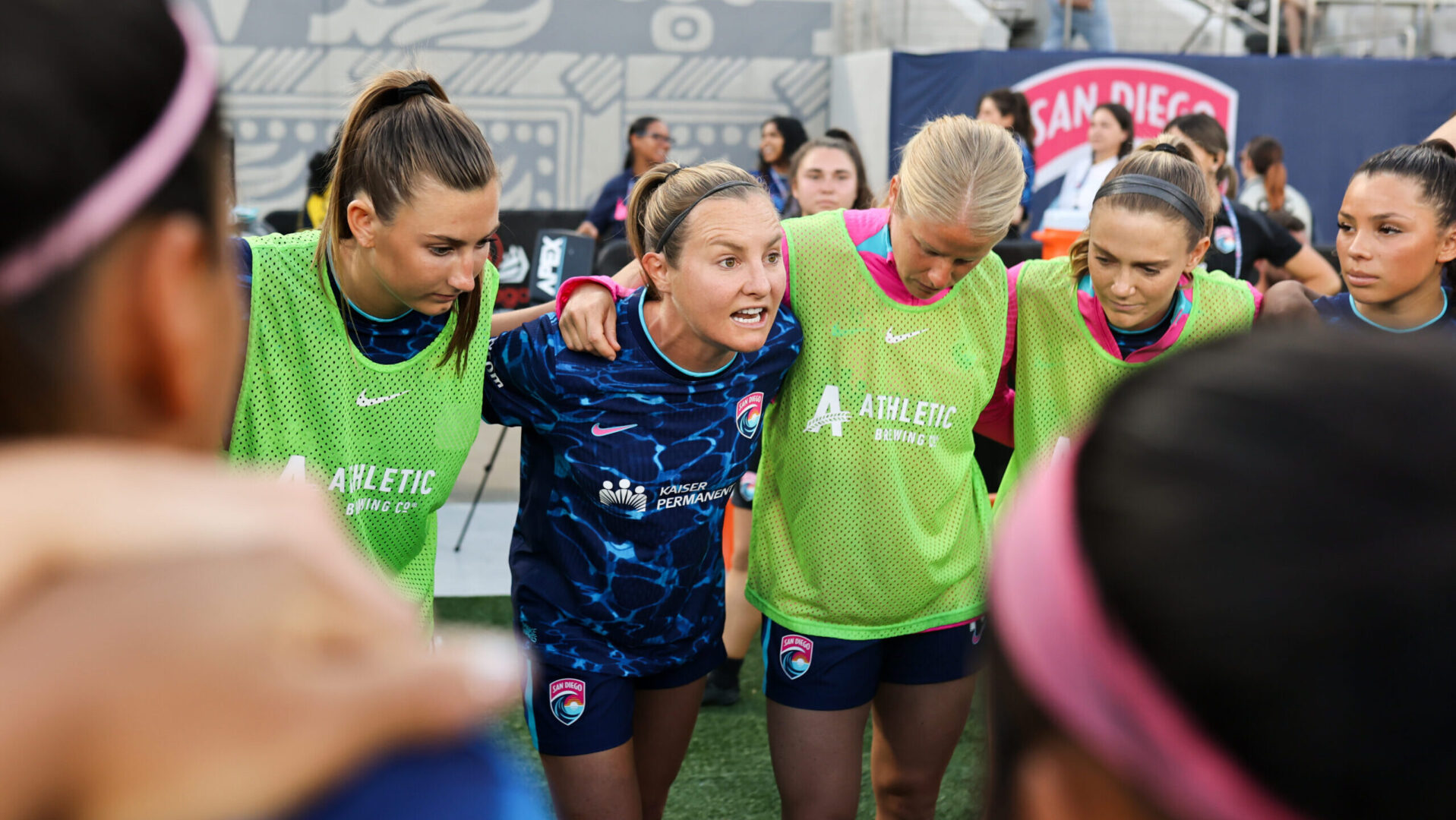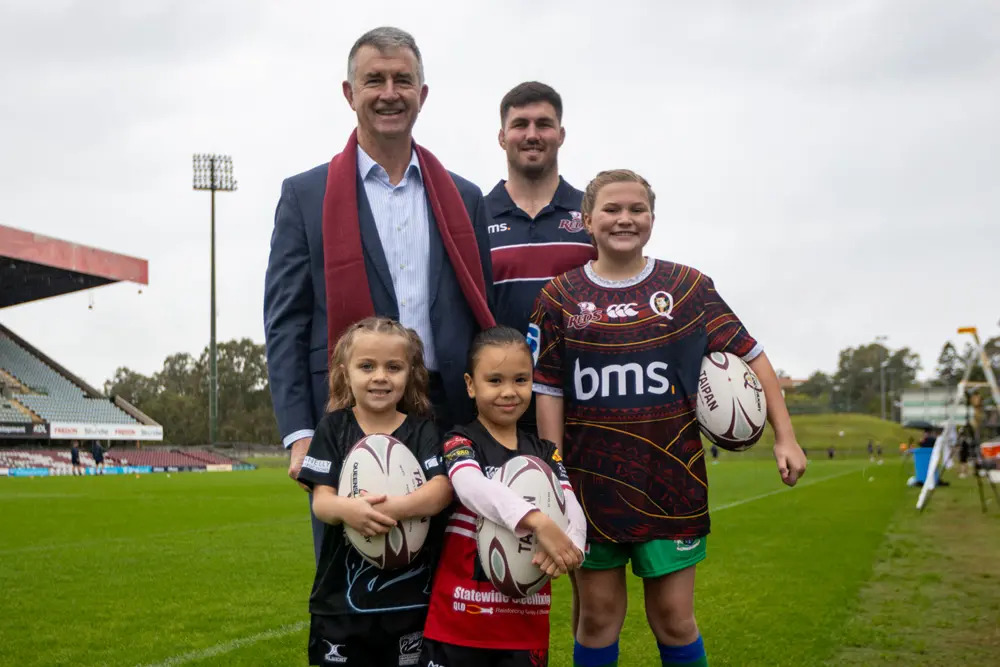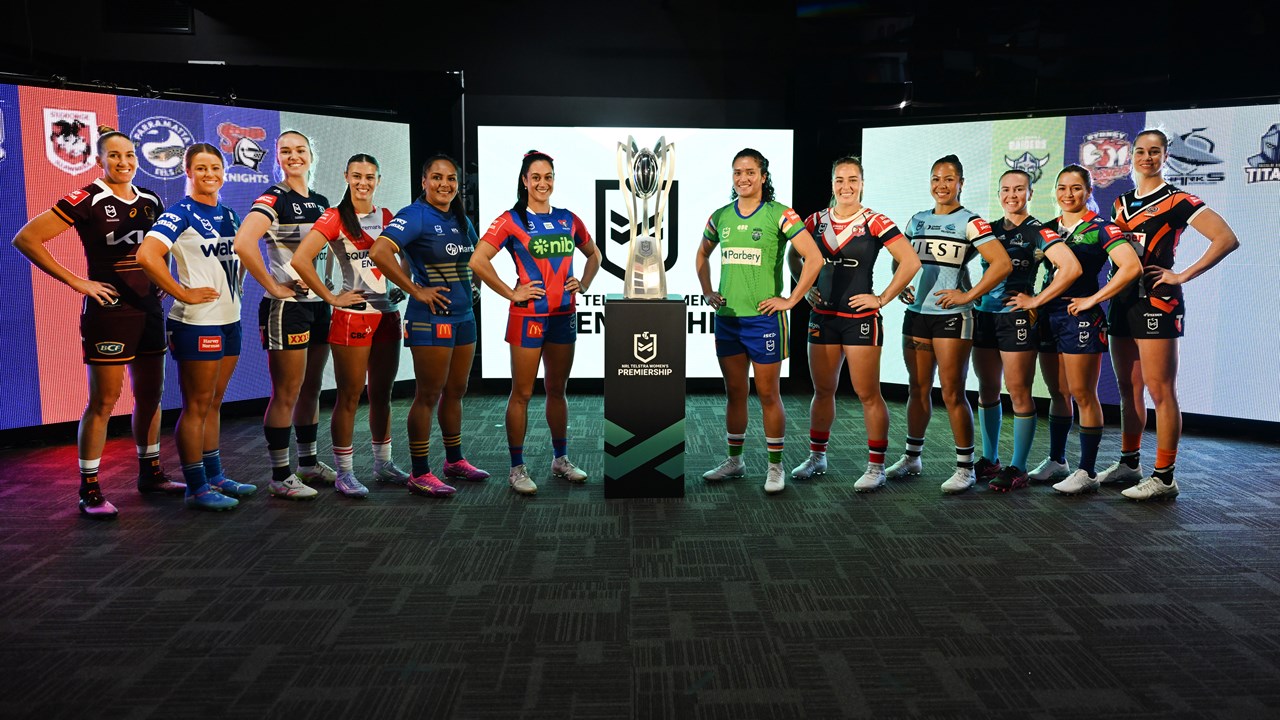[mkdf_dropcaps type=”normal” color=”#f55549″ background_color=””]I[/mkdf_dropcaps]
n an exclusive interview with Ministry of Sport, PricewaterhouseCoopers (PwC) Australia director, Hugo Harris, discussed the current state of the commercial partnership market and gave his thoughts on how things will change in the post-COVID-19 world.
With both Rafael Nadal equalling Roger Federer for total Grand Slam titles, and Lewis Hamilton catching Michael Schumacher for Formula One (F1) wins on the past weekend, the question must be asked, ‘just how does an athletes’ performance affect their commercial value?’
“You can look at it as both long-term success and single performance success,” Harris told Ministry of Sport.
“If you take it back to the days when Schumacher started and Federer and Nadal started, pre-Facebook, pre-Twitter, pre-YouTube, pre-over-the-top-media (OTT), it’s very much television and print, and that’s what you get.
“At that stage, I think it was massively vital in terms of the success of the athlete in a competition, and also overall, to be able to get the visibility and add value to their sponsors.
“That’s probably shifted as you look to the rise of OTT, social media, and also the changing needs of fans, so I think in the past it used to be a case of fans are happy to align themselves with a winner no matter what.
“They received a very narrow view into an athletes life, it was what was on TV and it was very event focused, but as we’re seeing it move into a full view of an athletes lifestyle, from social, to all the paparazzi style stuff, it starts to become much more complete.
“There were some recent studies where it was looking at golf and the performance of golf and looking at if the value sponsors got was derived from the position an athlete went into the event, rather than how they performed or win the event.
“That’s very much the case in a lot of sport, there’s individual sports such as F1 and tennis, where, based on the way coverage is provided, winning will automatically give an athlete a higher value.
“You look at tennis, as tournament based, you’re simply getting more coverage by winning more because you will be in the tournament a longer period of time; if you look at F1, coverage of the race will be skewed towards the race leaders.
“There will be residual benefit of being a high ranking person going into a race, if you’re progressing up the ranks, because everyone loves an underdog, but most of the time its captured in terms of what’s on the screen,” he said.
When asked if an athlete with little success in their sport as far as results go can have a higher commercial value than an athlete who has a very high level of success, Harris said: “I think it is possible, maybe if you look at Australia’s Nick Kyrgios, that’s a good example of someone who drums up so much drama that it can give them a higher value; I think that’s the ‘any publicity is good publicity’ angle.”
“Let’s take the example of Nike, Colin Kaepernick hasn’t played in the NFL in years, but he’s probably got higher athlete value than players on the winning Super Bowl team.
“Brands are starting to move away from the winners, and towards people who represent social causes.
“Recognising an athletes’ value is not just focused on performance, its multi-faceted these days,” Harris said.
“There’s a few things, it’s understanding the demographics of the sport, the athlete and the sponsors, once you’ve got those three, you can align the values pretty clearly,” he said, discussing the most important factors for brands in partnering with athletes.
“If you focus on demographics and values, that gives you a clear understanding of where you want to align your brand.
“Now obviously, there’s going to be a lot of different sports and athletes which embody brands, and at that point it goes into a clear view of ‘we need to look at what their performance across multiple different social networks is’, and ‘what other sponsors they have that could clash with our sponsorship’, but the key part is aligning with the brand values at the start,” he said.
When asked if the sports sponsorship market will ever be the same in the post-COVID-19 world as it was in 2019, Harris said the focus on digital and personalisation will grow stronger than ever.
“I don’t think it will be the same, and I think that’s a good thing,” Harris told Ministry of Sport.
“I think sport was taking a while to really embrace digital in terms of sponsorship, they were embracing it in terms of augmented reality and the media companies where pushing hard on it, but the actual sports teams themselves were really lacking behind.
“It (COVID-19) presents a really good opportunity to accelerate the adoption of digital sponsorship and really monetise fanbases.
“Too many times people have been focusing on ‘we’ve got this much engagement and this much reach on our social’ but they haven’t really done anything with it, they’ve focussed on selling their big chest plate on their jerseys.
“There will always be a place for traditional sponsorship, but it may change, if you look at the stuff Sky are doing across Europe with their launch of augmented reality signage for example, there’s tweaks to traditional that are being made.
“That’s not to say they’ll disappear, they’ll still be represented as physical in a stadium, but depending on where you’re sitting as a fan around the world, you’ll get different advertising.
“I think there will be a shift, I don’t think it will be replaced, I can’t see in the future the ability for sports teams and media companies to superimpose logos onto playing jerseys without it upsetting the game experience, so I think they will be here for a while.
“There’s going to be much more personalisation when it comes to the fan experience, and that’s both in stadium and at home, and I think there will be a deeper connection to the athlete experience.
“I think what we’re seeing at the moment is some amazing individual player technologies, and some amazing individual fan technologies; I think those will be brought together.
“So, how do you use all of the data you’re getting from Telstra Tracker, to drive event-based marketing, merchandising, and gambling events?
“How do you use that to bring the fan into the experience a lot more?
“I think personalisation is going to be the biggest thing moving forward,” he said.







